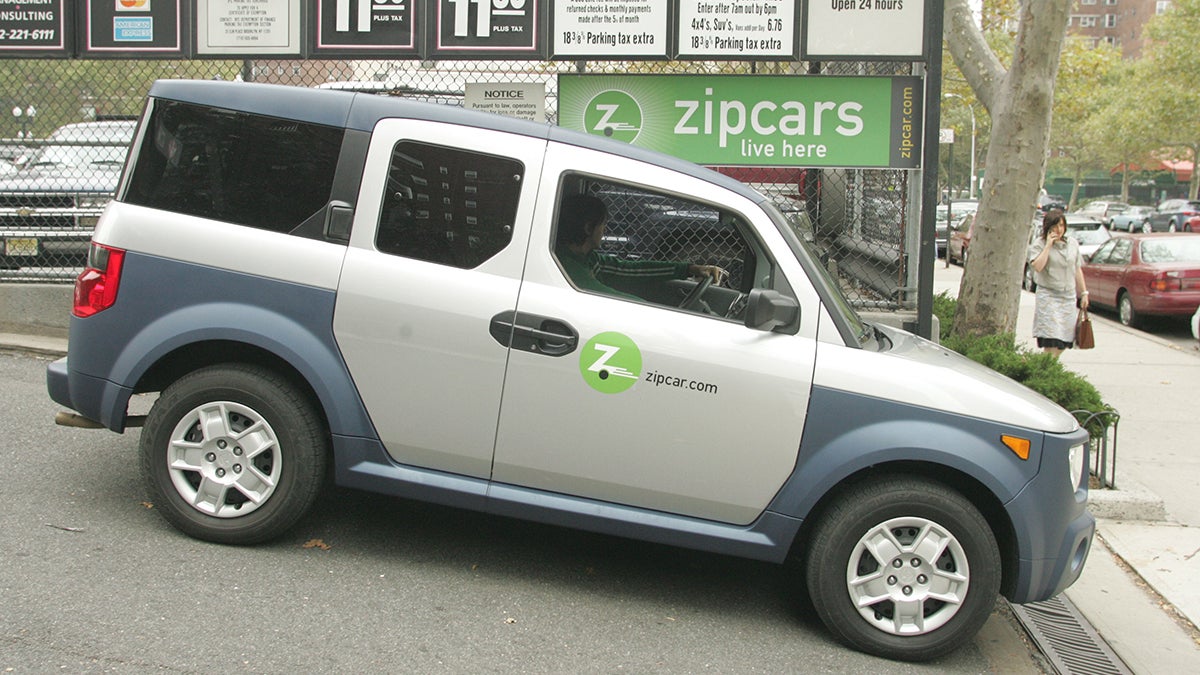Zombie cars or paradise? The future of autonomous vehicle technologies

When Zipcar hit the road in 2000 there was a lot of skepticism
It’s time for cities to prepare.
When Ken Rosenberg thinks about self-driving cars, a particular incident comes to mind.
“One of the autonomous vehicles stopped in the middle of the road. There was a chicken running around the street, and the car didn’t know what to do. But it wasn’t just the chicken, a woman in a wheelchair was chasing the chicken. The car just basically shut down.”
Rosenberg is vice mayor of Mountain View, California, where Google is headquartered. He was in the audience at the annual City Summit of the National League of Cities, held this year in Pittsburgh, where Uber located its Advanced Technologies Center. The city is a testing ground for the company’s self-driving vehicles.
Rosenberg took the mic to talk about what it’s like to live in the future.
“We deal with autonomous vehicles every day,” said Rosenberg. “They use our city as a test platform.”
Rosenberg referenced the incident to talk about how autonomous vehicles might make streets safer, and decrease car fatalities. “The thing we need to remember is that when vehicles are out there, data is collected at all times.”
And that data has shown that the accidents in which Google’s self-driving cars have been involved, the other car was always at fault. (With the possible exception of a February 2016 incident).
In a 2015 report, the National League of Cities found that just 6% of cities were creating long-term transit plans that accounted for driverless technologies.
The safety of self-driving cars was just one element of a larger discussion about autonomous vehicles: their effect on employment, the environment, and infrastructure, as well as where and how people live.
Right now, owning your own car is the norm. If that continues as people begin to buy self-driving cars, streets will still be congested: masses of private, driverless cars could just kill time and cruise around til they’re needed, said Justin Holmes, leader of policy and communications for the vehicle-sharing company ZipCar.
“As they enter some of the densest parts of a downtown core, will those vehicles be fully occupied or will they be in a sense, zombie vehicles, that are circling our streets waiting for their personal owners to be picked up?”
Brooks Rainwater, Senior Executive and Director of the Center for City Solutions, part of the National League of Cities, said policy makers must create laws and regulations to ensure that future is less likely.
“And instead make the future that we all want to see, which is, denser downtowns with more people on the street.”
Rainwater emphasized the importance of companies sharing the data they collect.
“These companies could not operate without our cities. It’s our cities where councilmembers and mayors are welcoming innovation, they want to work [with companies]. But data is a source of value to cities. The more that companies can share data, the better transit can be, the better land use planning can be. There’s a trove of information here that could shape…how we live.”
When asked whether cities get taken over by these companies, Debra Lam said that’s why it’s crucial to create partnerships. Lam is chief innovation and performance officer for the city of Pittsburgh.
“This is a new frontier, there’s a lot of innovation and change that’s going to happen regardless, so we should be at the forefront in driving that, rather than just letting it happen.”
WHYY is your source for fact-based, in-depth journalism and information. As a nonprofit organization, we rely on financial support from readers like you. Please give today.


